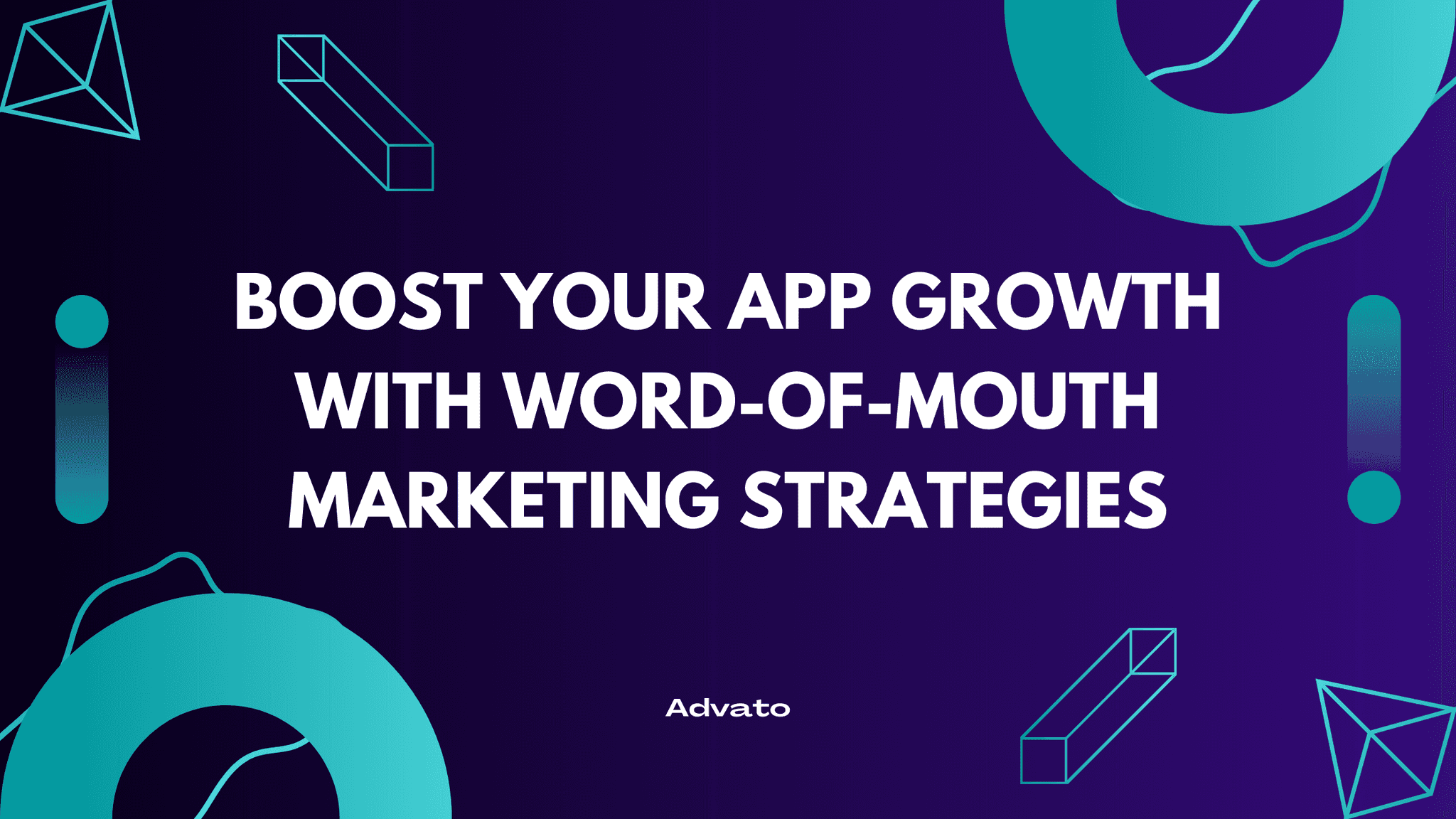Oct 14, 2024
So you've built an amazing app that’s making waves in your home country. But why stop there? The global market awaits! Mobile app localization is your ticket to reaching users around the world, boosting downloads, and increasing revenue. Let's explore how you can effectively localize your app marketing to connect with a global audience.
What Is App Localization?
App localization is more than just translating text from one language to another. It involves adapting your app and marketing materials to suit the language, culture, and preferences of different regions. This ensures that users in each target market feel like your app was made just for them.
Localization vs. Internationalization
It's important to distinguish between localization and internationalization. Internationalization is designing your app's codebase to support multiple languages and regions without engineering changes. Localization is the actual adaptation process for each specific market. Think of internationalization as setting the stage and localization as the performance.
Benefits of Localizing Your App
Increased Downloads: Users are more likely to download an app that speaks their language and resonates with their culture. According to a survey by CSA Research, 75% of consumers prefer to buy products in their native language.
Better User Experience: Localization improves usability, making users feel comfortable and understood. This leads to higher user satisfaction and retention rates.
Higher Revenue Potential: Tapping into new markets can significantly boost your earnings. Emerging markets like India and Brazil have millions of potential users waiting to discover your app.
Competitive Advantage: Many apps overlook localization. By localizing, you can stand out from competitors who haven't taken this step.
Key Strategies for App Localization
1. Research Target Markets
Before jumping in, identify which markets have the most potential for your app. Consider factors like:
Market Size: How many potential users are there?
Competition: Is the market saturated, or is there room for your app?
Cultural Compatibility: Will your app's concept appeal to the local audience?
For example, if your app is a fitness tracker, countries with a growing interest in health and wellness might be prime targets.
2. Understand Cultural Nuances
Every culture has its quirks. Colors, symbols, and even gestures can have different meanings. In some cultures, the color white symbolizes purity; in others, it represents mourning. Ensure your app doesn't accidentally offend or confuse users.
Symbols and Icons: Check that your app's icons are appropriate. A thumbs-up gesture is positive in many places but offensive in some countries.
Humor and Idioms: Jokes and phrases don't always translate well. What’s funny in one language might be puzzling or even offensive in another.
3. Localize Content, Not Just Language
Adapt your app's content to suit local preferences. This includes:
Units of Measurement: Use kilometers instead of miles where appropriate.
Date and Time Formats: Adjust to the local standard.
Currencies: Display prices in the local currency.
4. Adapt Marketing Materials
Your app store descriptions, screenshots, and promotional videos should all be localized.
Keywords: Use relevant keywords in the local language for better app store optimization (ASO).
Screenshots and Videos: Show images that resonate with the local culture.
Testimonials: Include reviews from local users to build trust.
5. Leverage Local Holidays and Events
Tie in promotions or features with local holidays or events to increase engagement.
Special Themes: Offer holiday-themed features or skins.
Discounts and Promotions: Align sales with local shopping holidays.
6. Invest in Quality Translation
Use native speakers or professional translators who understand the local slang and idioms. Machine translation can only take you so far.
Avoid Literal Translations: They can lead to awkward or confusing phrasing.
Proofreading: Have translations reviewed by multiple native speakers.
7. Test, Test, Test
Before launching, test your localized app with real users from the target market.
Beta Testing: Release a beta version to a select group for feedback.
Usability Testing: Observe how users interact with your app to identify any issues.
Tools and Resources for App Localization
There are plenty of tools out there to help with localization:
Translation Management Systems: Platforms like Lokalise and Transifex streamline the translation process.
Localization Service Providers: Companies that offer professional translation and cultural consulting.
Automated Testing Tools: Software that checks for localization errors in code.
App Store Optimization (ASO) for Different Markets
Don't forget to optimize your app store listings for each market. This includes using relevant keywords in the local language to improve discoverability.
The Role of Referrals in Localized App Marketing
Referrals are gold when entering new markets. People trust recommendations from friends and family more than any ad. This is where Advato comes into play.
Advato is the easiest way to implement and grow referrals in your mobile app. It helps you acquire users at a much lower cost and brings in higher-quality users who are more likely to stick around.
How Advato helps with localization:
Multilingual Support: Advato will soon support multiple languages, allowing users to share referrals in their native tongue.
Cultural Customization: Customize referral messages and incentives to match local preferences.
Easy Integration: With a few lines of code, Advato integrates seamlessly into your app, saving you time and resources.
Analytics and Insights: Get detailed reports on referral performance in different markets to refine your strategies.
By integrating Advato, you can seamlessly encourage your users to spread the word in their own language and culture, amplifying your reach in new markets.
Best Practices for Successful App Localization
Start Small
Begin with one or two markets to test your localization efforts before scaling up. This allows you to refine your process and learn from any mistakes.
Continuous Updates
Localization isn't a one-time thing. Keep updating your app to stay relevant in each market.
User Feedback: Pay attention to reviews and comments from local users.
Market Trends: Stay informed about what's popular or changing in each market.
Engage with Local Communities
Participate in local forums, social media groups, or events to build a presence.
Social Media: Create localized social media accounts.
Influencer Partnerships: Collaborate with local influencers for promotions.
Monitor Performance
Use analytics to track how your localized versions are performing and adjust your strategies accordingly.
User Engagement Metrics: Monitor session lengths, retention rates, and in-app purchases.
Conversion Rates: Track how well your marketing efforts are converting into downloads.
Common Mistakes to Avoid
Ignoring Cultural Differences
Overlooking cultural nuances can lead to misunderstandings or offend users. Always do thorough research.
Inconsistent Branding
While adapting to local markets, maintain your brand's core identity. Consistency builds trust.
Poor Quality Translation
Bad translations can make your app look unprofessional. Invest in quality translation services.
Neglecting Customer Support
Offering support in the local language enhances user satisfaction. Consider hiring local support staff or using multilingual support tools.
Overcomplicating the App
Don't overload your app with too many localized features at once. Keep it simple and user-friendly.
Conclusion
App localization is a powerful strategy to reach a global audience. By adapting your app and marketing efforts to meet the needs of different cultures, you open doors to new markets and opportunities. Remember, going global doesn't mean losing your identity; it's about making your app accessible and appealing to users everywhere.
Start localizing today, and don't forget to harness the power of referrals with Advato to maximize your growth!


